Quotes from the team
Read what our valued alliance members are saying about the Australian Stroke Alliance.
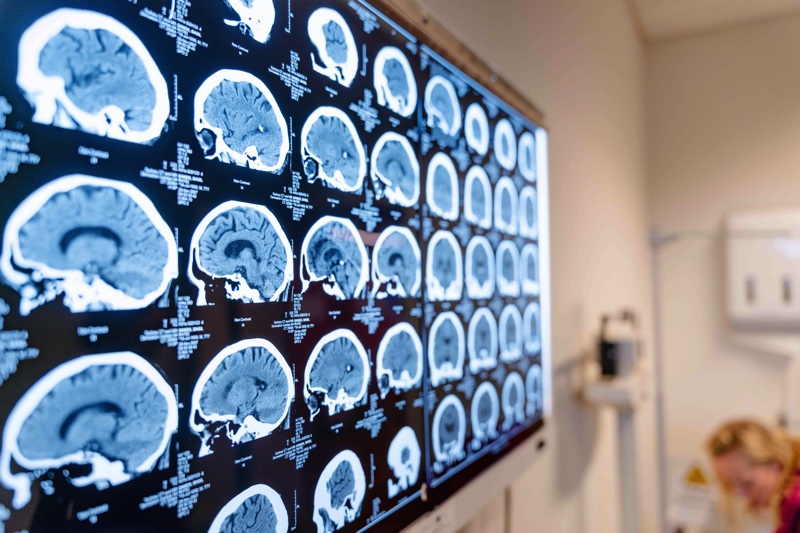
We have an ambitious program of research which will transform the journey for Australians who are disabled by stroke, no matter where they live. We’ve brought together an extraordinary team of clinicians, scientists, engineers, and commercial partners who have joined this national initiative as a once-in-a-generation opportunity to dramatically improve stroke outcomes. The clinical and scientific powerhouse promises an unparalleled contribution to global stroke medicine.
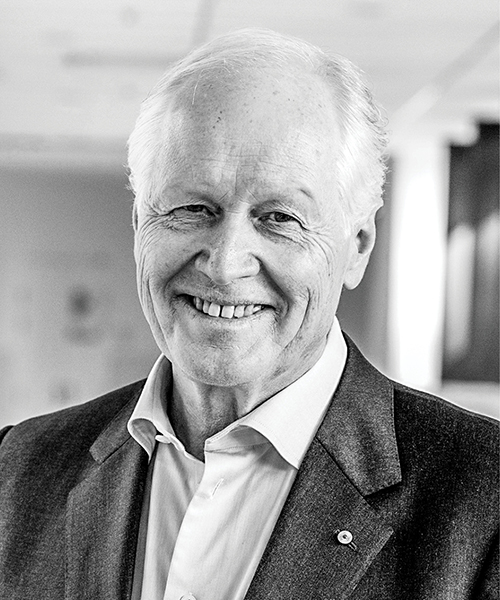
Professor Geoffrey Donnan AO – Co-chair of the Australian Stroke Alliance

This is a transformative initiative that will radically improve outcomes for many stroke patients and generate a huge boost to the Australian biotech industry.
It will address the gross inequity of access by rural, remote and Indigenous Australians to acute stroke care. To quote the US Marines, “leave no-one behind”.
We know our approach works. I have seen, firsthand, the remarkable recovery in many people who have been offered pre-hospital stroke care by the Melbourne Mobile Stroke Unit.
Time is brain. Now it is time to support this game-changing plan to deliver pre-hospital care to all Australians, wherever they live.
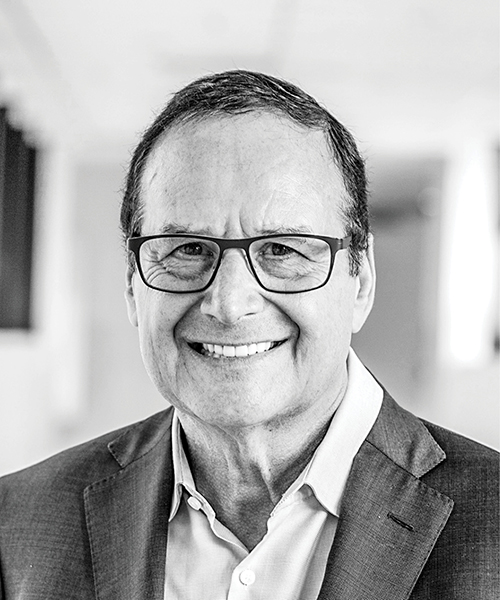
Professor Stephen Davis AO – Co-chair of the Australian Stroke Alliance
We are one of the richest countries in the world, with an incredible healthcare system. Yet, young Aboriginal and Torres Strait Islander patients who need to live on Country cannot access stroke care, which has the capacity to completely resolve stroke symptoms, as if the stroke was imagined.

Dr Angela Dos Santos – Australia’s first Aboriginal Neurologist and a Kweiamble and Gumbaynggirr Woman
Being able to perform brain imaging in a remote clinic and therefore being potentially able to provide lifesaving treatment with thrombolysis would revolutionise our ability to treat and manage stroke in Central Australia. I see a patient at least once a month that the availability of such technology would have possibly made a huge difference to their stroke story. And far too often these patients are young.

Dr Anna Holwell - Specialist physician at Alice Springs Hospital

I believe that this project will put Australia in the fore front of providing high standard medical services to people living in remote areas and thus continue the great work of the Royal Flying Doctor Service. The air mobile stroke unit concept will hopefully be adopted in other parts of the world where this service is needed. Also, some of the technology we are developing could very well be ported to other applications, for example medical support in defence.
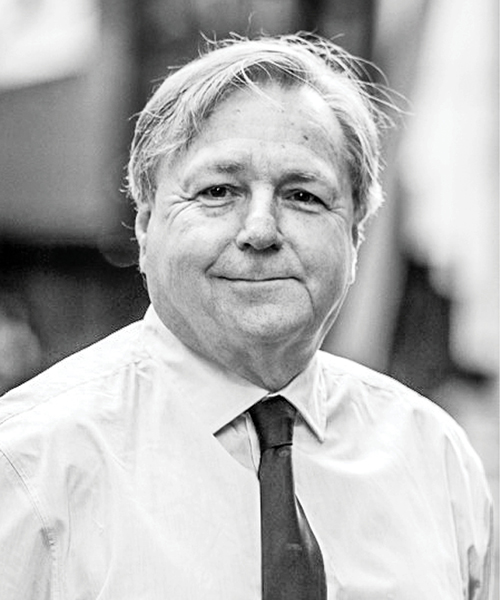
Professor Cees Bil – Engineering Lead, RMIT
For people suffering from stroke every second from onset to treatment is critical. Australia’s and the world’s leading experts in stroke medicine have come together to develop solutions that will reduce the time it takes to administer treatment and markedly reduce the burden of stroke. Lightweight imaging solutions will permit infield imaging, minimising the time from stroke onset to treatment. The solutions would have a profound impact for Australians especially those living in rural and outback Australia.
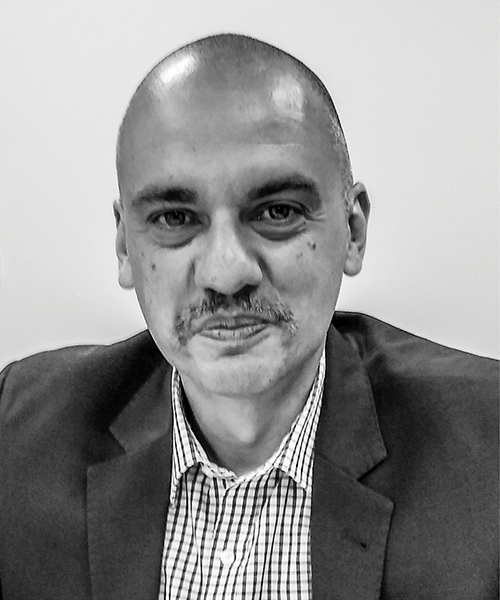
Professor Stan Skafidas – Melbourne School of Engineering’s nanoelectrics research, University of Melbourne
Nurses will form a central part of this new mobile stroke initiative. There is currently unrealized potential to harness skills of expert stroke nurses to deliver cost-effective stroke care which this initiative will address.
A time-critical, multidisciplinary stroke care service available to all regardless of post-code is something all Australians deserve.
Professor Sandy Middleton – Director, Nursing Research Institute, ACU and St Vincent’s Health

To understand the impact of stroke on Aboriginal and Torres Strait Islander people you need to look beyond the mortality and morbidity statistics. You need to understand the cultural impact. With stroke occurring a decade earlier in Aboriginal people we are losing our next generation of elders. This Alliance is more than improving stroke outcomes – it’s also about keeping our communities strong and our culture alive.

Associate Professor Luke Burchill - Australia’s first Aboriginal cardiologist, and a member of the Yorta Yorta/Dja Wurrung nations.
Delivering optimal care to every stroke patient - irrespective of where they find themselves on a vast and sparsely populated Australian territory - cannot be done by just working harder. Smart, optimised systems, based on accurate data and sophisticated analysis are the ‘intelligent breakthroughs’ needed to achieve this goal.
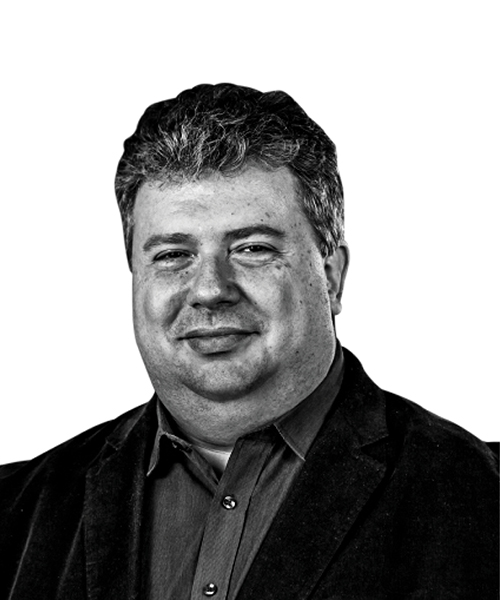
Professor Leonid Churilov – Melbourne Medical School, University of Melbourne
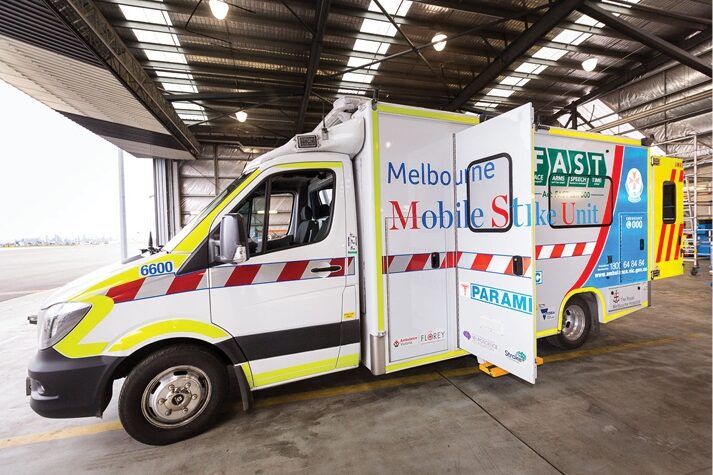
There should be equality in stroke care, regardless of where you live, and Australia is leading the world in realising this goal through the development of the next-generation of Mobile Stroke Units. Being a part of something so truly ground-breaking is incredible. Stroke is such a debilitating disease for not only the patient, but their family and friends as well.

Skye Coote – mobile stroke unit nurse, Royal Melbourne Hospital

The ability to bring forward the diagnosis of stroke and improve access to life changing care for rural Australians is a genuine and exciting opportunity to deliver on our goal of equitable care for all.
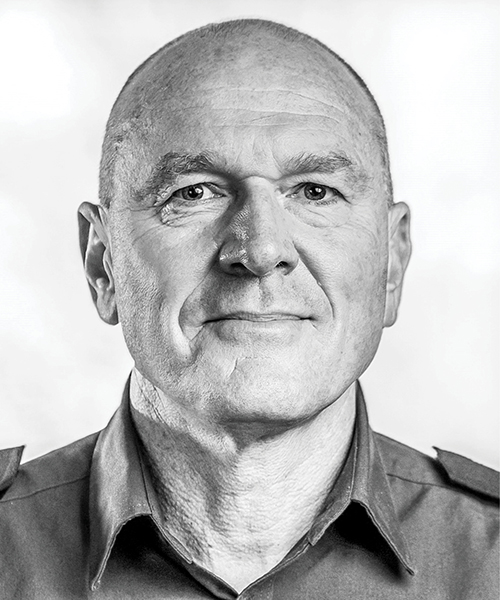
Associate Professor Mick Stephenson – Ambulance Victoria
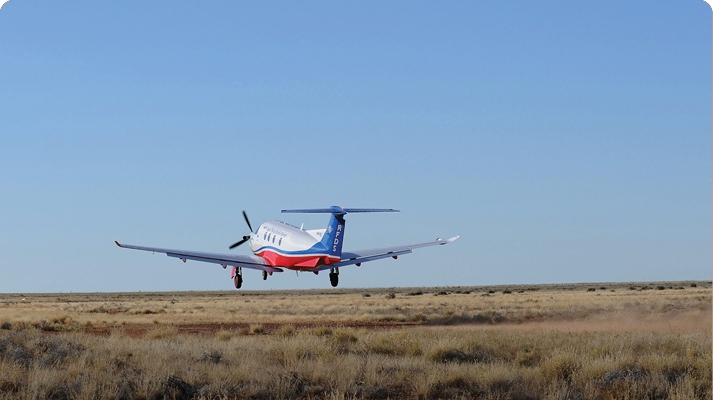
One of the limitations with our stroke patient treatment is that patients are distributed over extremely vast distances. The RFDS covers 7.69 million square kilometres. We need an imaging device that is light weight and portable so we can take care directly to the patient.
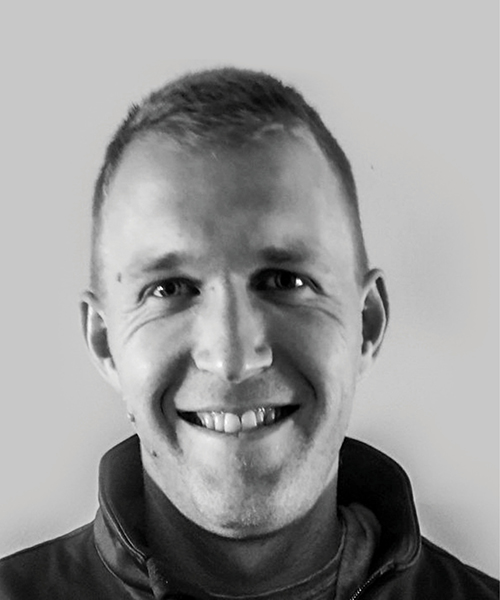
Dr Fergus Gardiner – the Royal Flying Doctor Service
The assembled Alliance is a powerful, organised and well-led team, with the leadership arguably the most notable and internationally recognised figures in stroke research and translation over the past half century.

Professor Chris Levi – ED, Sydney Partnership for Health, Education, Research and Enterprise